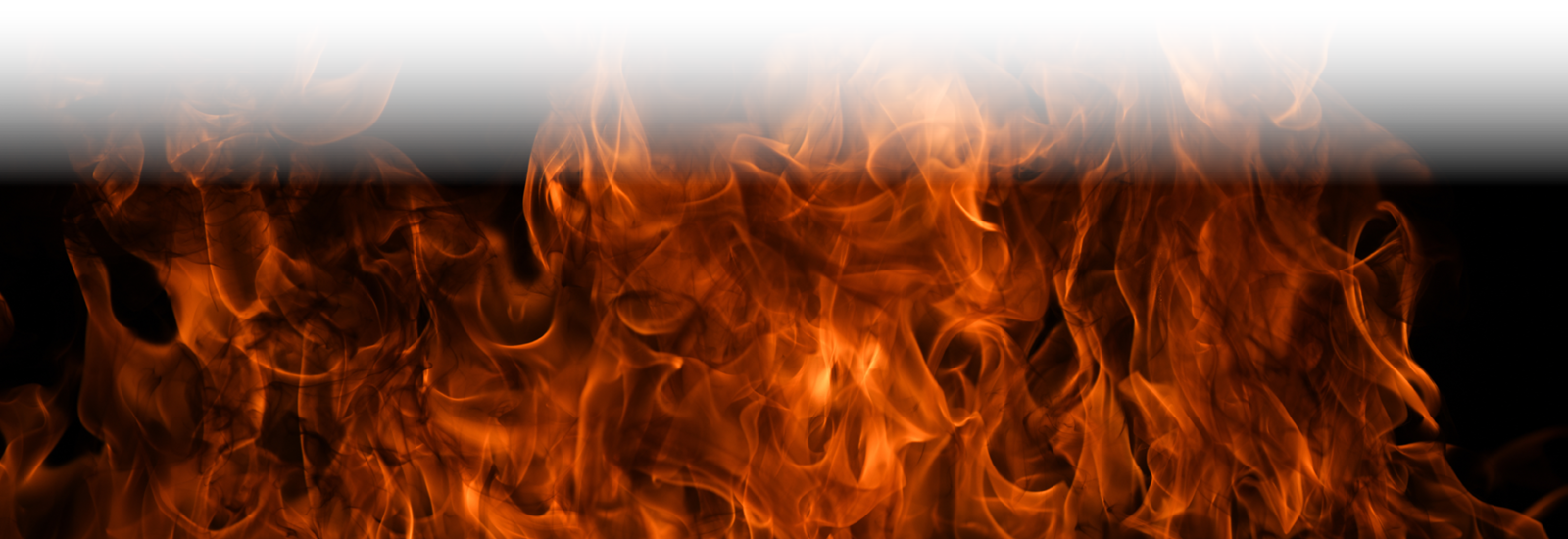Proper Care of FR Garments

Laundry Wash Key Water Temperature
Industrial Wash 165°F maximum
Light Soil Wash 140°F maximum
Home Wash 120°F maximum
Home Wash
- Wash separately inside out, normal or cotton cycle, at water temperature of 140°F or less.
- Use any typical home laundry detergent. Do not use soap (tallow soap containing animal fats).
- Hot water can increase the effectiveness of detergents.
- Do not use chlorine bleach, liquid nonchlorine bleach, starch or fabric softeners.
- Use of conditioned or soft water improves removal of contaminants from garments.
- Hard water precipitates soaps, resulting in calcium and magnesium salt build-up which can
serve as fuel if exposed to ignition source.
- Hard water precipitates soaps, resulting in calcium and magnesium salt build-up which can
- All soils and other contaminants must be completely removed from garments during washing. (May require presoaking garments or the use of stain removal products.)
- If removal is difficult, try laundering garments at a local industrial laundry or dry cleaner.
- Do not over dry garments. To remove wrinkles, press with iron on Permanent Press/Low Setting.
Stain Removal
- Remove any garments that come into contact with flammable substances immediately and replace with clean FR apparel.
- Home or industrial laundering removes most types of both flammable and non-flammable soils.
- Garments with soils that cannot be removed may be compromised.
- It may be difficult to determine that flammable soils have been completely removed.
- Best indicator they are still present: stain and/or odor is still existent after laundering.
- If still present, garments can be dry cleaned.
Industrial Laundry
- Wash FR apparel separately to avoid damaging the luminescent effect.
- Use soft water (less than 4.0 grains). Hard water can cause buildup of mineral salts, negating the flame-resistant characterisitics and serving as fuel if exposed to an ignition source.
- Use non-ionic formulas. Avoid the use of natural soaps (anionic or tallow soap).
- Use a combination of an adequate wash temperature (up to 140°F) and detergent formulated to thoroughly clean all contaminants from garments.
- Do not use chlorine bleach (sodium hypochlorite) to preserve the luminescent effect.
- Garments heavily soiled with particulate or abrasive soils should be flushed at 105°F in the beginning of the cycle to reduce abrasion in the wash.
- Wash formulas and load sizes should be set up to minimize redeposition and fabric abrasion.
- Do not use starch, fabric softener, or other laundry additives.
- Garments should be sourced to a pH between 5.5 and 6.5.
- Do not over dry.
- Condition at a stack setting of 165°F to prevent fabric temperature measured in the basket from exceeding 280°F.
- Proper cool down to 100°F or less in conditioning will result in the best appearance.
- Remove immediately after washing and drying to prevent setting wrinkles.
- Tunnel finishing will improve appearance.
Dry Clean
- Perchloroethylene or petroleum solvent may be used.
Always check the care tag on the garment and/or consult the garment manufacturer for detailed instructions and precautions.
NEVER USE:
Chlorine bleach or detergents with bleach
Detergents that contain animal fats
Fabric softener or dryer sheets
DEET spray
